It seems that the story of each passenger and each crew member aboard the ill-fated ocean liner RMS Titanic is fascinating on its own terms. Charles Lightoller is no exception, having served as the second officer on board the Titanic, and the most senior member of the crew to survive its sinking.
Charles Lightoller lived through one of the most traumatic maritime experiences of the century, which makes it all the more remarkable that he returned to notice decades later, when Lightoller, then 66, and his son, Roger, volunteered to assist in the evacuation of Dunkirk with their motor yacht, the Sundowner. The character of “Mr. Dawson” in Dunkirk, played by Oscar winner Mark Rylance, is believed to be based on Lightoller.
In the film, when a shell-shocked soldier says to Mr. Dawson, “You’re an old man, you belong at home,” he replies, “If we don’t help, there won’t be any home.”
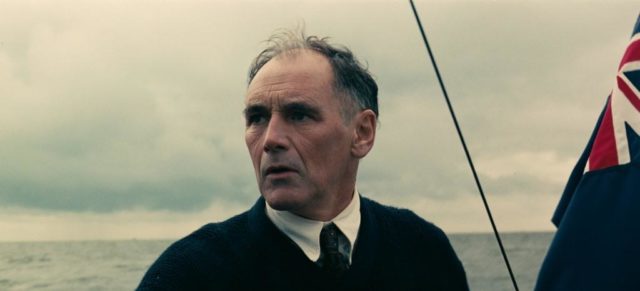
Back in 1912, Lightoller boarded the “ship of dreams” in Belfast, two weeks before the sinking, and was initially posted as the first officer during the sea trials. However, Captain Smith made last-minute changes among the officers, giving the post to Henry Wilde. William McMaster Murdoch was assigned to this post and Lightoller became the second officer.
Whether this change of plans was the best move of Captain Smith or not remains one of history’s question marks. It meant that David Blair, who was originally to be second officer, was now excluded from the maiden journey of the ship. His departure caused a number of issues, especially the fact that he possessed the key to the ship’s binocular case. The crew discovered they lacked access only when they were out on the open sea, and Lightoller for one remarked he needed to purchase new keys so that they could remove the binoculars, but it would have to wait until the Titanic arrived in New York.
Little did he know that the ship would never reach the other side of the ocean and the issue with the key was one of the focal points during the U.S. inquiry concerning the disaster.
On the night of April 14, 1912, Lightoller commanded the bridge of the ship before being relieved from duty and retreating to his cabin.
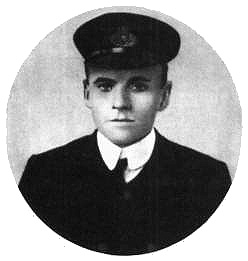
Lightoller was preparing for bed when the ship hit the iceberg. He immediately hurried on deck to see what happened, wearing only his pajamas. At first, he saw nothing to raise concern. He decided to go back to his cabin but remained alerted to see if anyone called him.
The call came quickly. He pulled on his trousers and navy-blue sweater over his pajamas and also donned his officer’s overcoat and a cap. The doomed fate of the ship unfolded rapidly with Lightoller assisting the evacuation process.
Reportedly, Lightoller was in charge of evacuating people and lowering the lifeboats on the port side of the boat deck, and he rigidly followed the principle of “women and children first.” In fact, he had this principle extended to “women and children only,” which as a result meant that he allowed some lifeboats to float with empty seats if there were no women or children waiting on board.
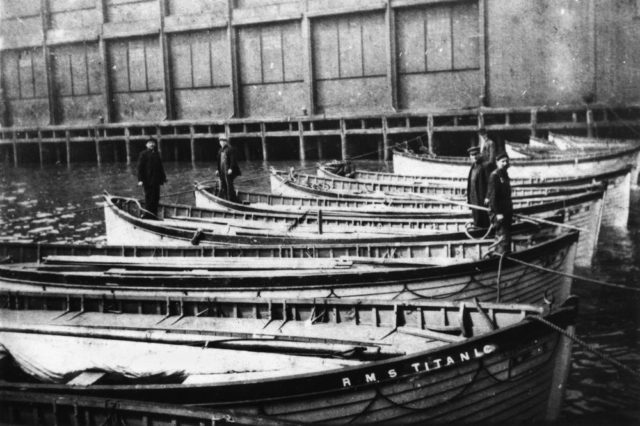
His utmost strictness can be perceived through the episode of launching Lifeboat 2, which he found occupied already by some 25 male passengers and crewman. At once, Lightoller ordered them all out of the lifeboat, allegedly saying, “Get out of there, you damned cowards! I’d like to see every one of you overboard!” In turn, he had Lifeboat 2 filled in with women and children only. Unfortunately, amid the chaos, he was unable to find enough women and children, and when Lifeboat 2 was lowered into the water, it was not even half full, having only 17 people aboard, and 23 more empty seats.
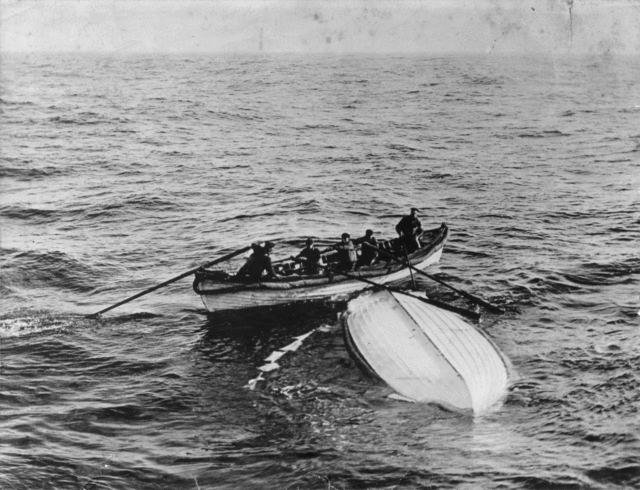
It is further known that Lightoller allowed only one male adult to board a lifeboat, and that would be Arthur Godfrey Puchen. Allegedly, Puchen approached Lightoller, saying he was a yachtsman and he could give a helping hand in navigating a boat occupied by women only. By that time it was Lifeboat 6, already halfway down the water, the same one that held the “unsinkable” Molly Brown. Lightoller told Puchen that he could go, if he proved he was a sailor by sliding down the ropes to enter the boat. Which is what Puchen most certainly did and secured a place on Lifeboat 6.
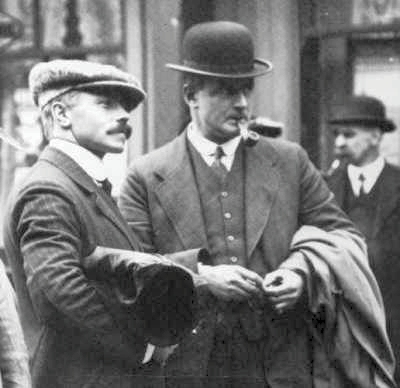
Lightoller stayed on board the Titanic until the very final moments, minding the business he was assigned to do. But as the water quickly took over the boat decks, washing over the bridge, Lightoller did not have any other choice but to attempt to save his own life.
At one point, he was sucked against a grate as the ship sank and was held underwater until he has luckily blown back to the surface thanks to a rush of warm air coming from a boiler explosion. He was a survivor in the most miraculous sense of the word, clinging to a capsized collapsible boat with some 30 other people until the rescue.
Not even Lightoller understood how he survived the sinking, as suction pulled them down. On the boat to which he clung, he took charge and organized the other survivors, teaching them how to shift their weight during the night, in order to prevent the vessel from being swamped.
If it weren’t for Lightoller, it is likely that all those whose lives depended on the collapsible boat would have ended up dead on the ocean floor too. They were saved once the RMS Carpathia arrived. Lightoller was the last survivor to be taken on board.
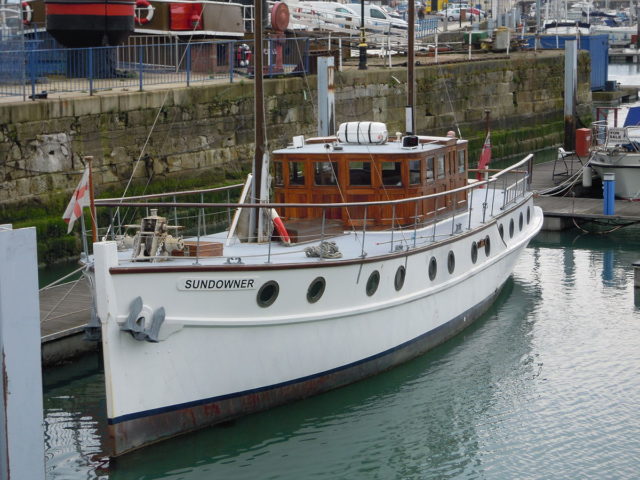
Lightoller would attribute his survival to a divine power. This infamous disaster did not stop him from proceeding with his maritime career. On the contrary, during World War One, the brave Englishman further distinguished himself while commanding HMS Garry. His vessel rammed and sank the German U-Boat UB-110, and for that, Lightoller was decorated. A side story, however, is that there was an accusation that some of the German survivors were killed by Lightoller’s crew, but the allegation was never supported by any evidence.
During World War Two, by which time Lightoller was retired, he voluntarily sailing one of the “Little Ships of Dunkirk.” This was part of Operation Dynamo that included 700 private boats sailing from Ramsgate in England to Dunkirk in France in the period between May 26 and June 4, 1940, with the aim to rescue more than 338,000 British and French soldiers who had found themselves trapped on the beach at Dunkirk.
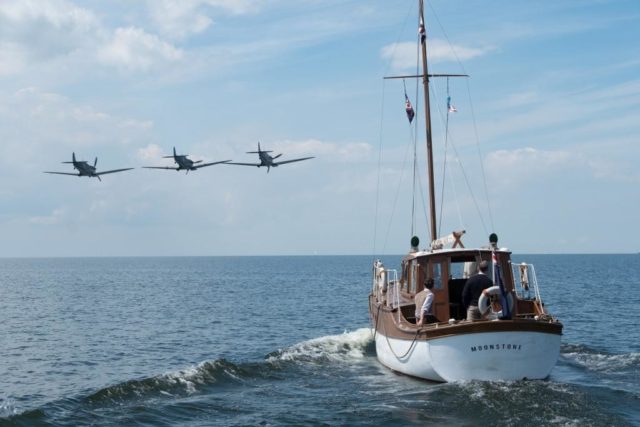
As part of the effort, Lightoller sailed to Dunkirk and back personally. Seventy-five men were crammed into the cabin of the Sundowner, and another 55 were on deck. Sundowner returned to Ramsgate, avoiding fire from enemy planes through evasive maneuvers.
A longtime pipe smoker, Lightoller lost his life due to chronic heart disease in 1952. He was age 78. At the time of his death, he was living in London, in a moment when the city was coping with the Great Smog of 1952.
